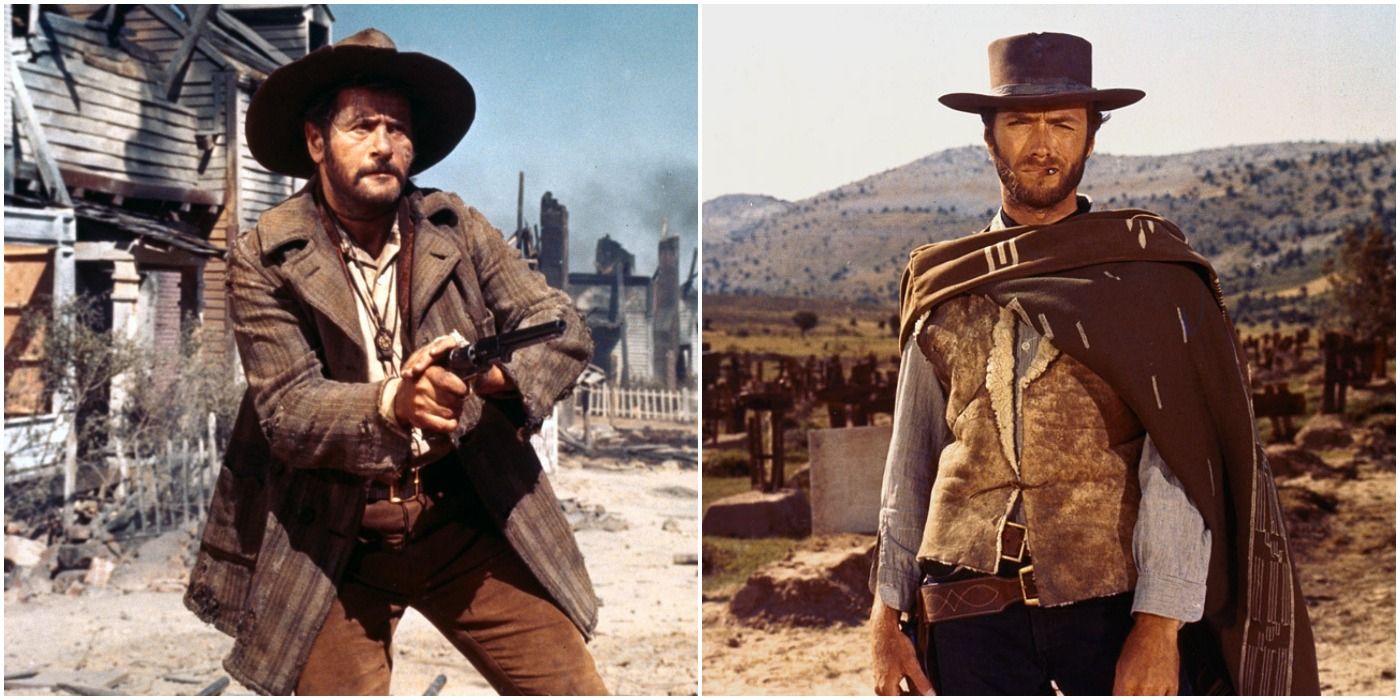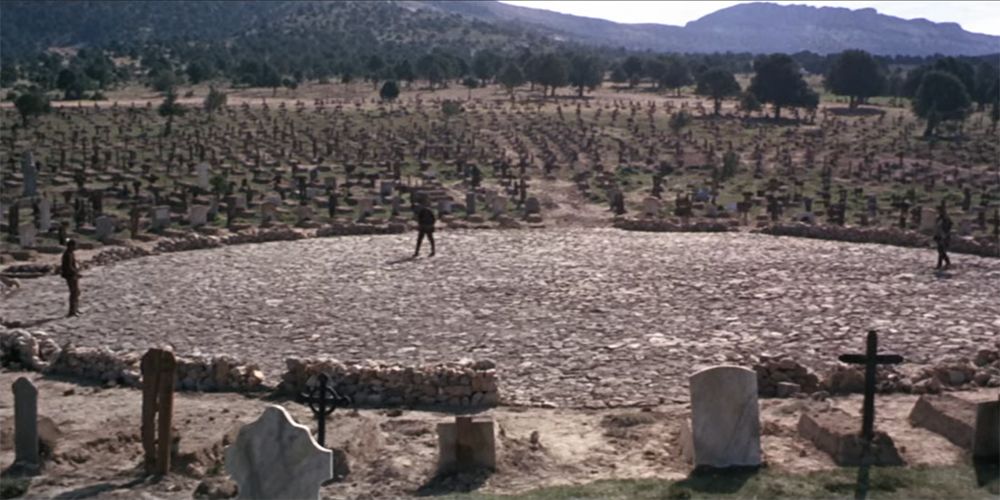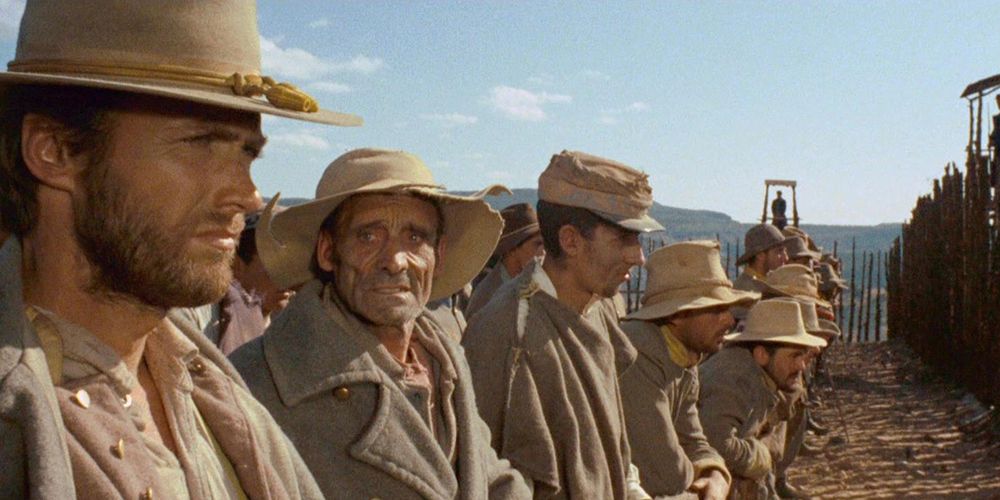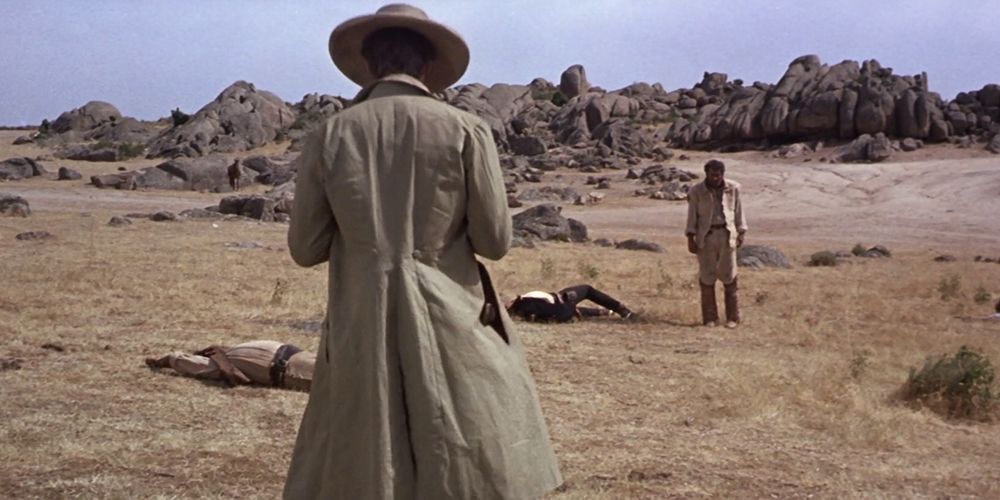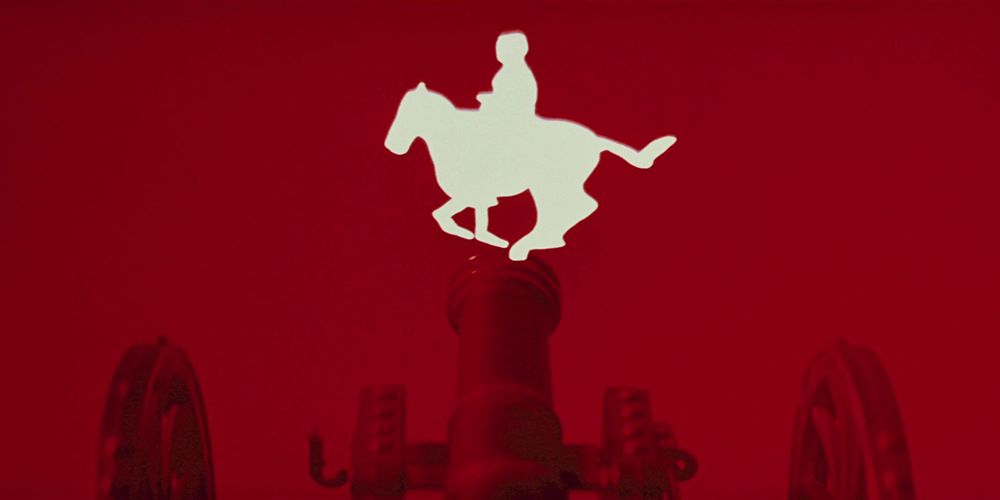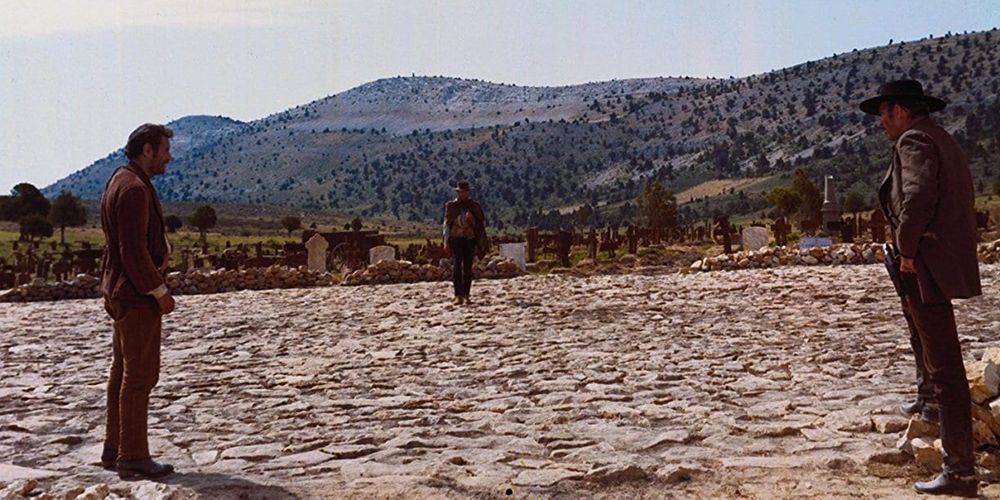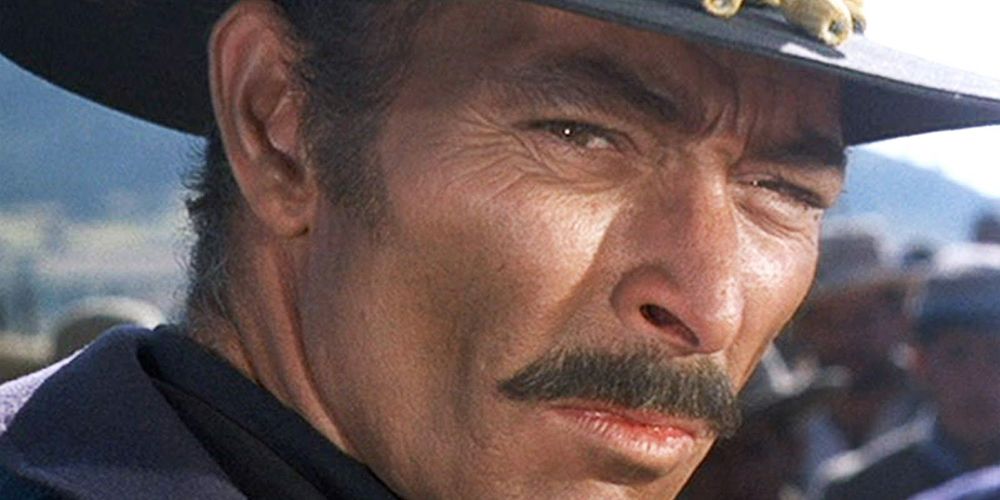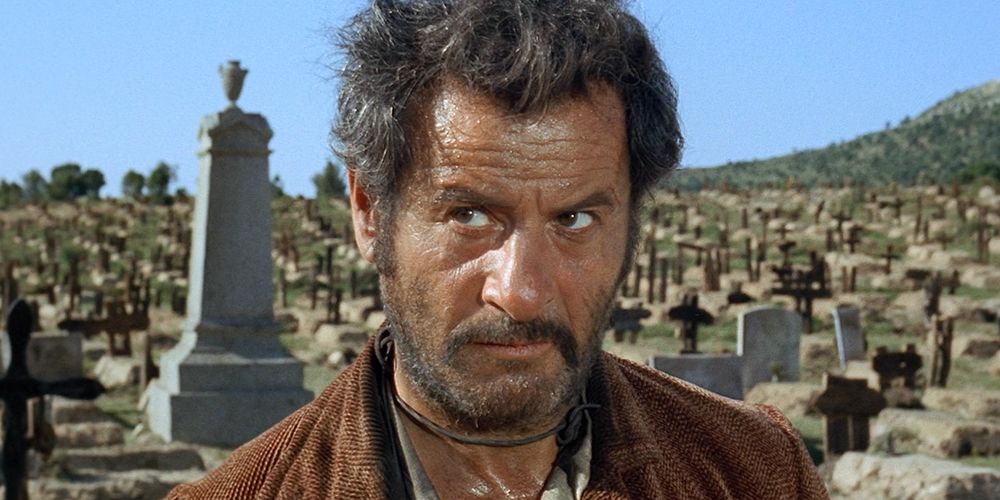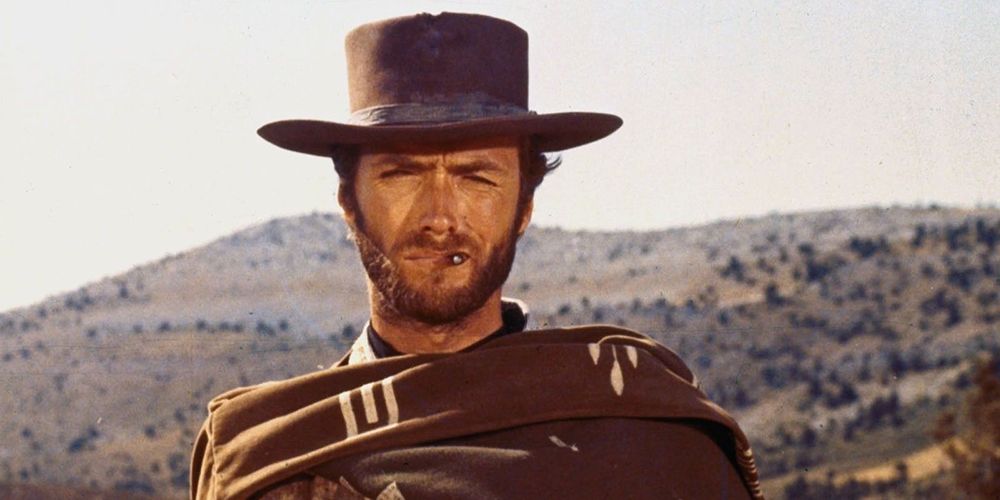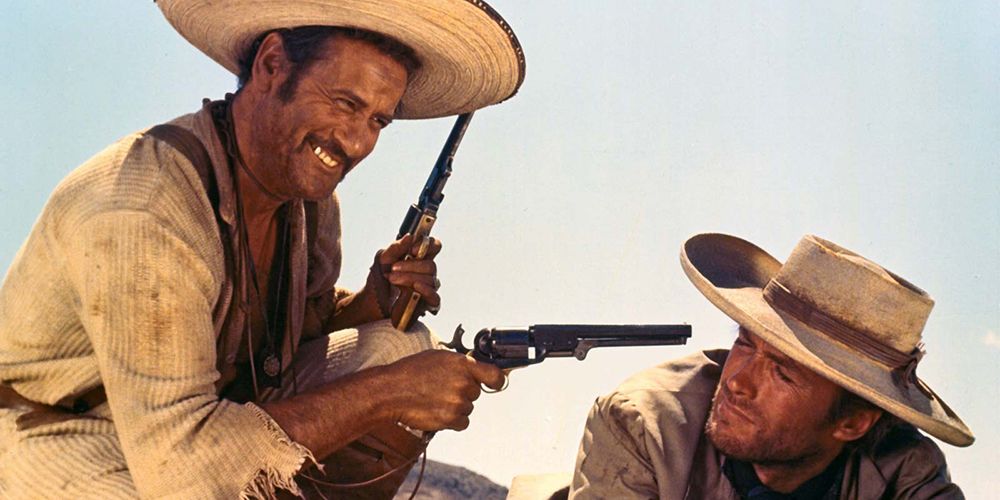The name Sergio Leone was always synonymous with the western film genre. The Rome, Italy native etched his name in cinematic history with his invention of "The Spaghetti Western." This term spawned from the vast amounts of western films produced and distributed from Italy.
Leone was the prime frontrunner of this movement in the 1960s. His handful of films included A Fistful of Dollars, For A Few Dollars More, and Once Upon a Time in the West. However, The Good, The Bad, and The Ugly tends to be considered as his greatest achievement. The 1966 film impacted the industry with its actors, story, ambiance, and music.
The Gold Standard
The Good, The Bad, and The Ugly set the standard for what audiences see, hear, and feel when the term "western" enters a conversation. In time, the film managed to crossover and became a phenomenon. Clint Eastwood's surging stardom gave the film much more influence as it became credited for his origin of fame.
The iconography of Clint Eastwood's weathered poncho, Lee Van Cleef's black hat, and Eli Wallach's silver tooth became household images to cinematic culture. The film's impact cemented itself to filmmakers, film critics, moviegoers, and even those who are not familiar with cinema.
Civil War Backdrop
The film took place in 1862 in the midst of the American Civil War. While America waged war within itself, a trio of raiders (Blondie, Angel Eyes, and Tuco) waged war against each other for selfish spoils. The three cared nothing for each other much less what was literally happening outside their windows.
They were outlaws out for themselves in a time of national crisis and despair. This gave the film time, placement, and a sense of law by stamping it during this vicious American era. All three characters reflected the age they were living in.
Atmosphere
Ferociously dry are two words that can sum up The Good, The Bad, and The Ugly's atmosphere. Bounty hunters mercilessly gunned for each other's heads throughout shriveled and solar scarred landscapes. Characters could dodge bullets from heavy revolvers but could not dodge the unforgiving terrain.
Moisture was rare. Trust was even more difficult to come by. This aura and era added to their hellacious predicaments. The wilted sunbaked dirt under the characters' feet contrasted the saturated azure skies hovering above their heads. This striking visual solidified the tension within their world and amongst themselves.
Ennio Morricone's Score
The Good, The Bad, and The Ugly's score benefitted from having the late, great Ennio Morricone as its composer. The theme of the main titles has itself become iconic.
The soundtrack became a character in and of itself within the film. It established a mood and tone for scenes as much as any set and location did. The score seemed to shower over the characters and affect their demeanors. For example, "The Ecstasy of Gold" was a fitting title to the sense of the scene as well name of the musical track.
Cinematography
Tonino Delli Colli's cinematography captured the scale, tone, and visceral characters of The Good, The Bad, and The Ugly. The Techniscope (2.35:1) aspect ratio allowed the film to encompass the world these characters were living in. These technical specifications gave Sergio Leone all the opportunities to visually tell the story.
Extreme closeups (with wide-angle lenses) of characters showcased their grizzly and granite features. All the soot, stubble, and scars added to the character personas. The rich vistas of vast arid locations gave scope and magnitude to the situations that unraveled within the film. Colli's eye seized the essence of the film optically.
Treasure Hunt
Greed was one of the deadliest transgressions throughout The Good, The Bad, and The Ugly. It, however, was also the lethal catalyst and driving force of the entire film. Blondie, Tuco, and Angel Eyes were enthralled in an avarice-fueled treasure hunt that led them to near oblivion. That chase of riches and spoils literally led them to the valley of the dead, a cemetery.
Amongst the hundreds to thousands of souls at rest, two-hundred thousand dollars in gold glistened amidst the rot. The fate almost worse than death was the vicious journey that led the three men down this path.
Angel Eyes
The definition of the "Black Hat Villain" could be summed up as Angel Eyes, played by Lee Can Cleef. His stern portrayal painted the picture of a ruthless outlaw that did not allow anything to stand in his way. His brutal introduction established who he was, what he wanted, and what guided his life – money.
Collecting bounties, treachery, and violence were mere building blocks that allowed this character to stand alone. Angel Eyes worked alone unless using someone for his goals was a necessity. He never hesitated in pulling the trigger on whoever was at the barrel end of his revolver. Angel Eyes was a brooding and menacing figure that haunted the film.
Tuco
Possibly one of the most complex and tragic characters of the film was the bandit known as Tuco. Eli Wallach portrayed Tuco with treacherous intent laced with fierce vicissitude. The film administered more character development to Tuco than anyone else. This peeled away the dirt-caked layers of the sniveling marauder. Tuco Ramirez was brother to Brother Pablo Ramirez, a man of the cloth.
The estranged brotherhood established the rivalry between their contrasting choices that led to their respective lifestyles. The broken bridge linking them was the recent death of their father. This heartbreaking moment led to their volcanic dispute that was decades in the making.
Blondie
The enigma and centerpiece of The Good, The Bad, and The Ugly was Blondie, aka The Man With No Name, portrayed by Clint Eastwood. The mystique that Blondie carried throughout the film personified his character. He did not have a backstory or even a name, as his character was defined by his actions rather than his words.
That simple premise of a character allowed Eastwood to illustrate an individual solidified by brutality, driven by survival, and sometimes strained by sympathy. Blondie could be considered the originator and/or archetype of the "anti-hero." He was "The Good" but achieved justice and intent in callous manners.
Cutthroat Relationships
As the old saying goes, "There is no honor amongst thieves." This trio of granite coarsened gunslingers could adhere to that statement. The Good, The Bad, and The Ugly embodied a period of time dominated by cutthroat relationships. Unholy alliances festered between Blondie, Tuco, and Angel Eyes when needed.
As quickly as they manifested, they also quickly dissolved. Every man was out for themselves. That was all they knew. Manipulation, caustic collaboration, and betrayal were routine forms of survival. The film showcased that trust was a rare commodity, greed flourished, and men were their own worst enemies. It was a hell of their own making.

